Malocclusion, or misaligned teeth, is a common dental condition that affects almost everyone. Perfect teeth without any kind of malocclusion are exceedingly rare. Most people must rely on some form of orthodontic treatment to correct their malocclusion, whether it be an overbite, open bite, crooked teeth, or dental crowding.
Malocclusion vs. Normal Occlusion

Reasons for an open bite
While malocclusion is common, an open bite is not. In fact, only 0.6% of people in the United States suffer from the condition. An open bite can be caused by a number of reasons, including genetic and skeletal issues and poor oral habits.
Unfortunately, for those who do have open bite malocclusion, common activities such as chewing or speaking can be hindered. Furthermore, an open bite can also hinder a person’s look and smile, adversely affecting their self-perception and self-esteem.
“Open bite is often an avoidable condition. Many cases of open bite develop as a result of a tongue thrusting habit, thumb sucking, and in some cases are the result of a temporomandibular (TMJ) disorder. As with many dental conditions and diseases, the best time to treat an open bite is early.”
— DR. REZA KHAZAIE, DDS, PROSTHODONTIST
What is the best treatment for an open bite?
The best and most common treatment for an open bite is an orthodontic approach. Braces can help balance a bite by pushing and pulling teeth into their proper position.
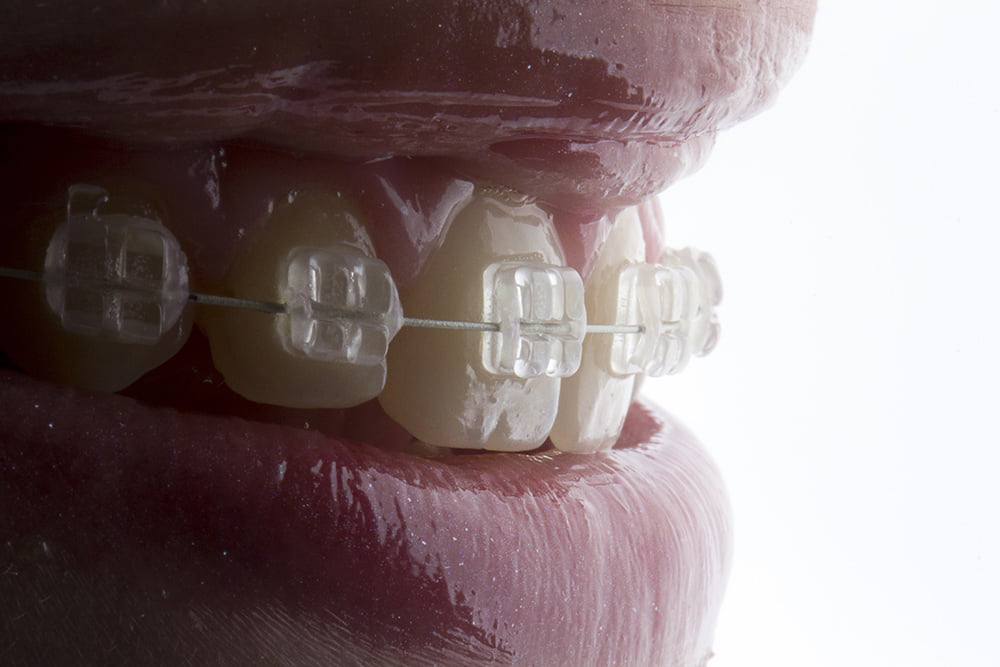
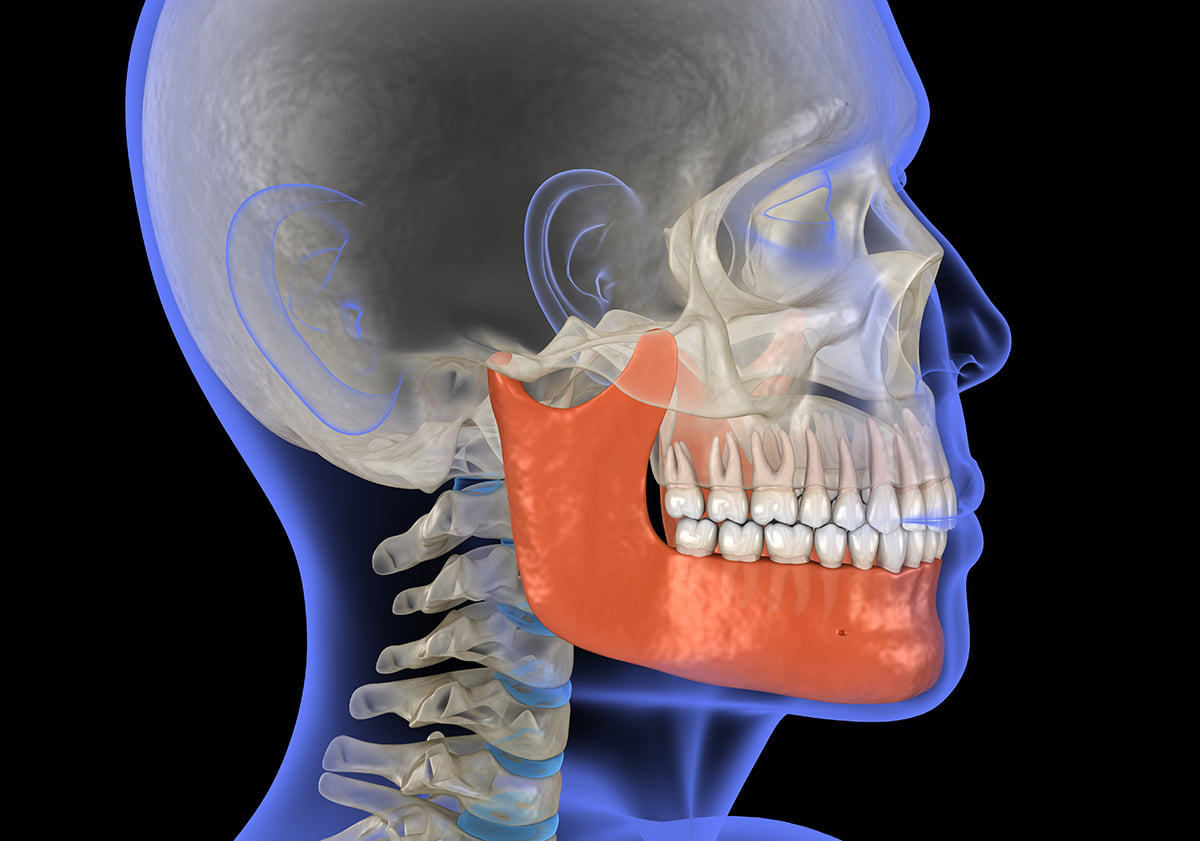
In severe cases or during circumstances in which all other orthodontic treatments have failed, some patients may turn to corrective jaw surgery. During corrective jaw surgery, the upper jaw is typically repositioned to correct any alignment and bite issues. The jaw is then permanently secured in place with metal screws and plates. Corrective jaw surgery is typically the last resort for adult patients with severe open bite.
One of the difficulties of treating open bite compared with other forms of malocclusion is the physiological component. Many patients with open bites, to compensate, develop a tongue-thrusting habit in which they push their tongues through their teeth in an effort to plug the gap. While functionally effective in the short term, tongue thrusting can do great harm and further increase the size and severity of the open bite. Part of treating an open bite in a patient is also addressing the habit of tongue thrusting or other forms of compensation that have developed as a result of their open bite.
When should I worry about an open bite?
An open bite is often an avoidable condition. Many cases of open bite develop as a result of a tongue thrusting habit, thumb sucking, and in some cases are the result of a temporomandibular (TMJ) disorder. As with many dental conditions and diseases, the best time to treat an open bite is early. When an open bite has developed, early treatment is key. When a patient has reached adulthood, open bite treatment becomes much more difficult since the jawbones have hardened significantly
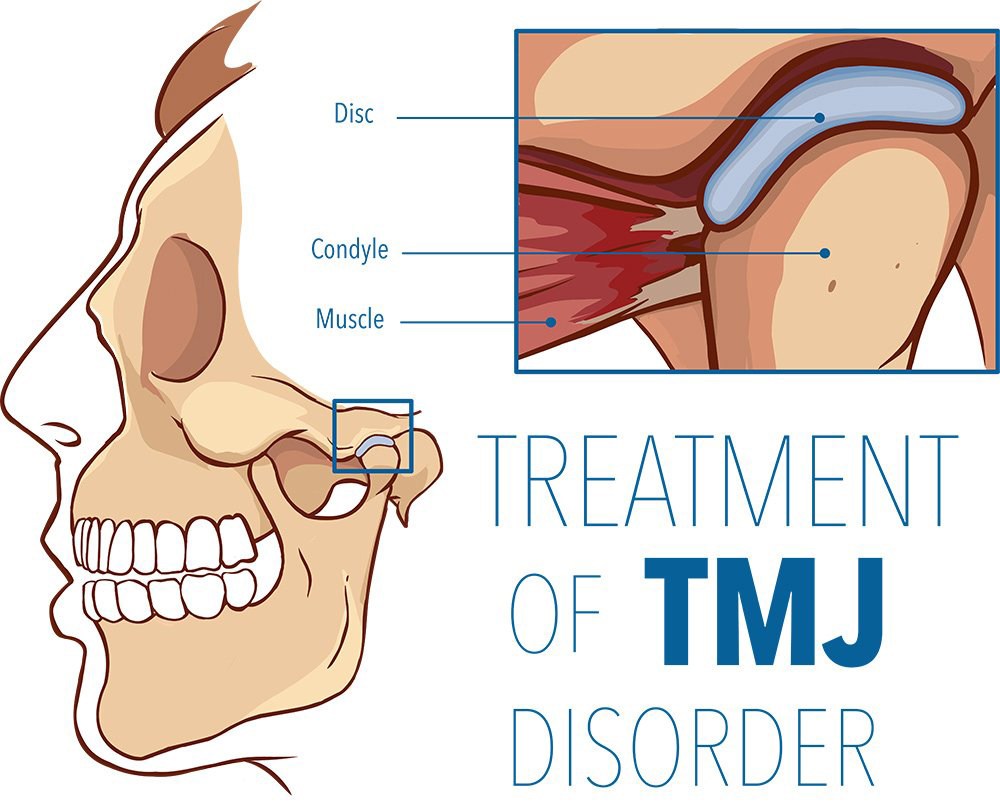
When it comes to young children, behavioral corrections, such as discouraging thumbsucking, are critical. Young children with open bites, however, may not always need orthodontic treatment for their conditions. In many cases, young children will outgrow their open bite when their adult teeth erupt.
Of course, to ensure that their permanent teeth grow in properly and without issue, it is wise to take your children to an orthodontist for regular visits and monitoring of their dental development. Issues can then be quickly identified and corrected before they get out of hand.
Can Invisalign fix open bite?
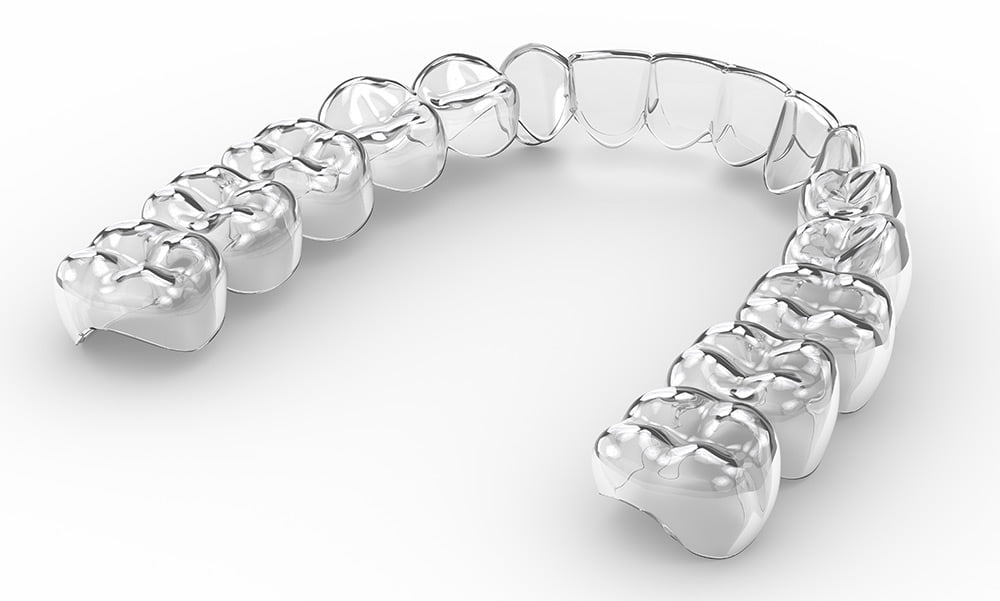
Yes, Invisalign can be an effective treatment option for correcting an open bite in many cases.
Invisalign uses a series of clear, removable aligners that gradually shift your teeth into the desired position. The aligners are custom-made to your specific needs based on a precise treatment plan developed by your dentist.
Here’s how Invisalign can play a role in fixing an open bite:
The length of treatment varies depending on the severity of your open bite and your individual needs. In general, Invisalign treatment for an open bite can take anywhere from several months to a couple of years.
It’s important to note that while Invisalign can be effective for many open bite cases, some severe or complex cases may require traditional braces or other orthodontic treatments. Your dentist can evaluate your specific situation and recommend the most appropriate treatment option.
Invisalign open bite: Preventing a posterior open bite from Invisalign
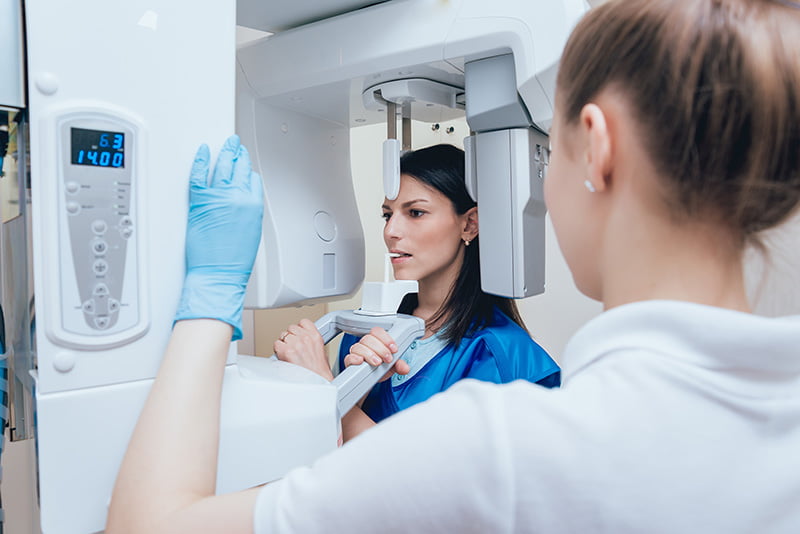
Posterior open bite is a potential side effect that can occur during Invisalign treatment if not managed properly. It happens when the back teeth (molars) don’t touch when biting down, while the front teeth do. Here are some ways to prevent or manage posterior open bite during Invisalign treatment:
Your dentist will carefully plan and monitor your Invisalign treatment to minimize the risk of developing a posterior open bite. If the issue does occur, they can use various techniques, such as adding buttons and elastics or adjusting the aligners, to correct it and get your treatment back on track.
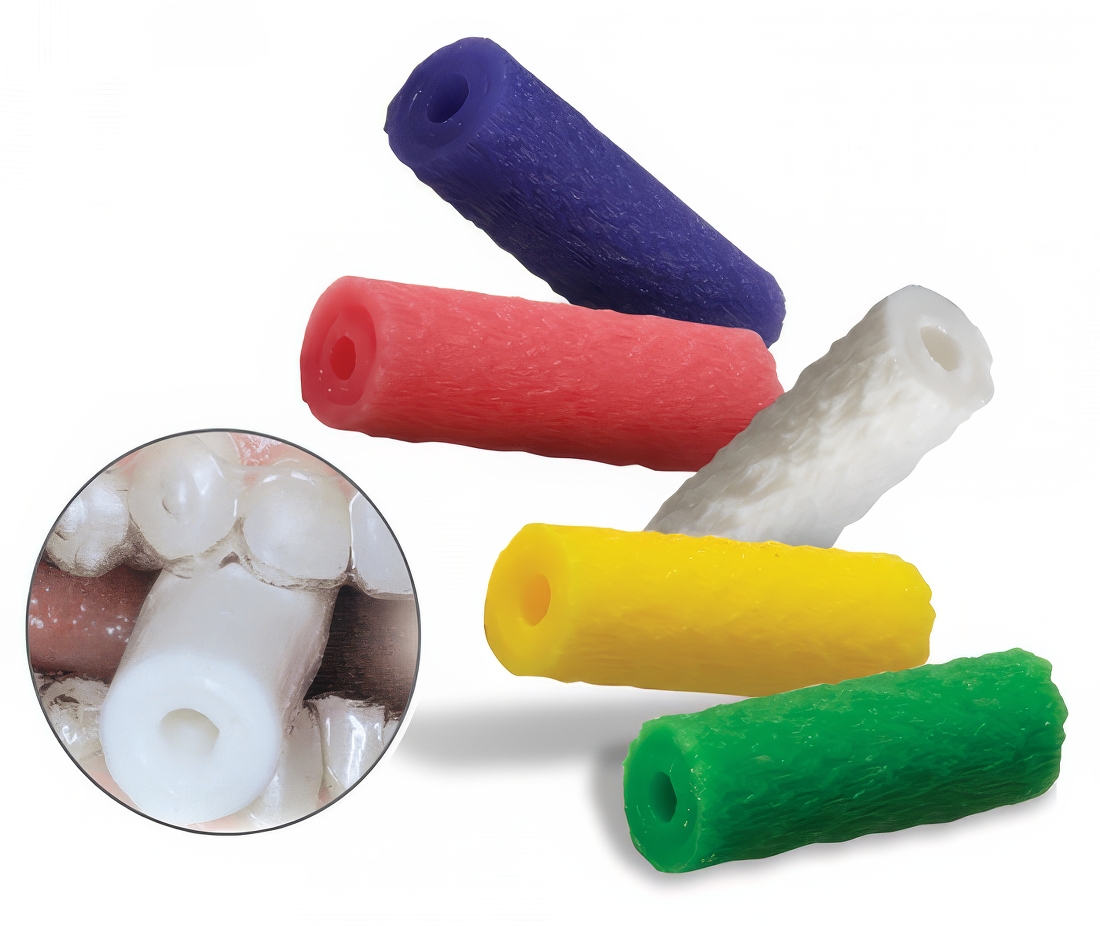
Chewies (see Item #4 for explanation)
 Written by Dr. Reza Khazaie
Written by Dr. Reza Khazaie